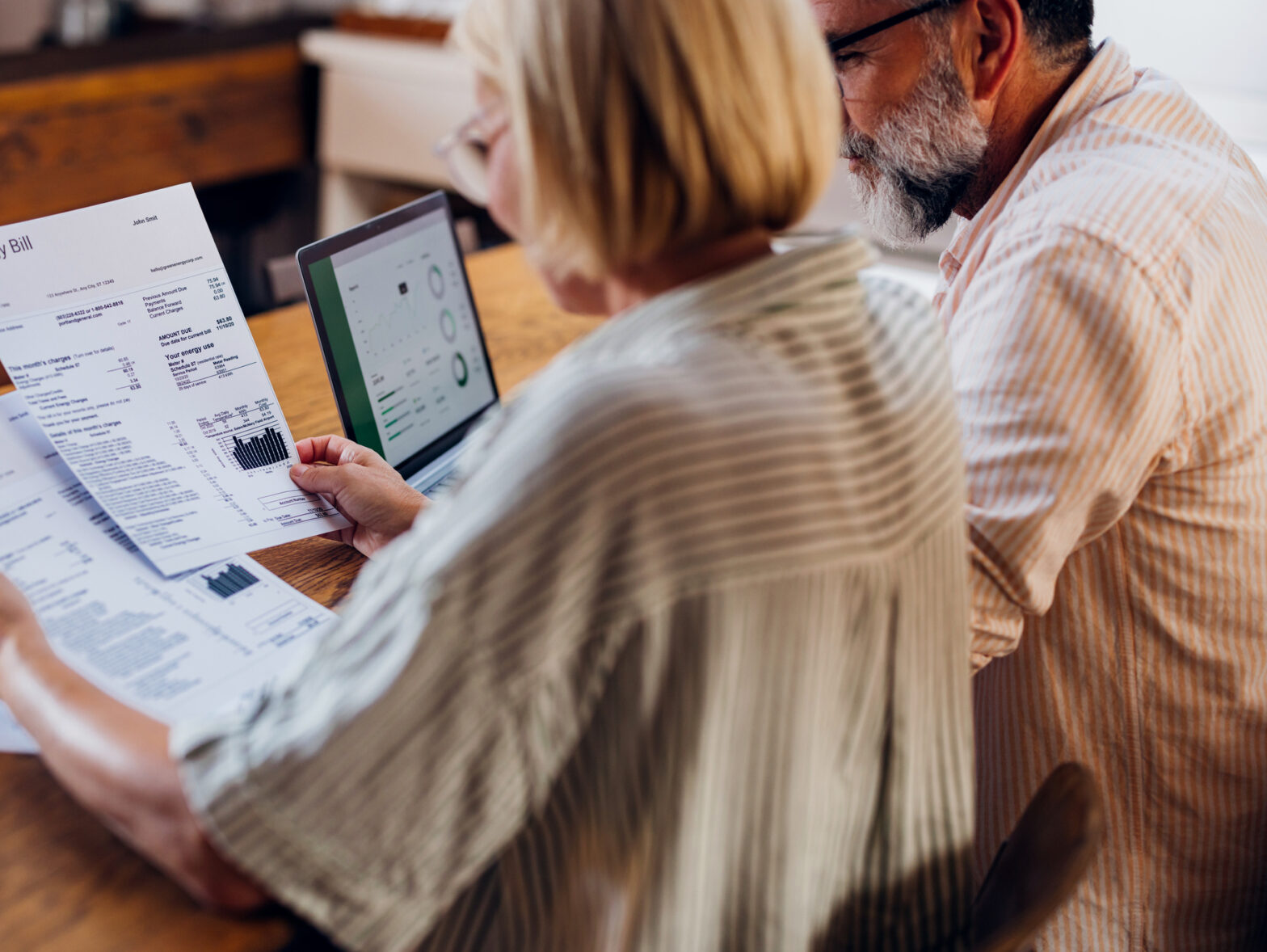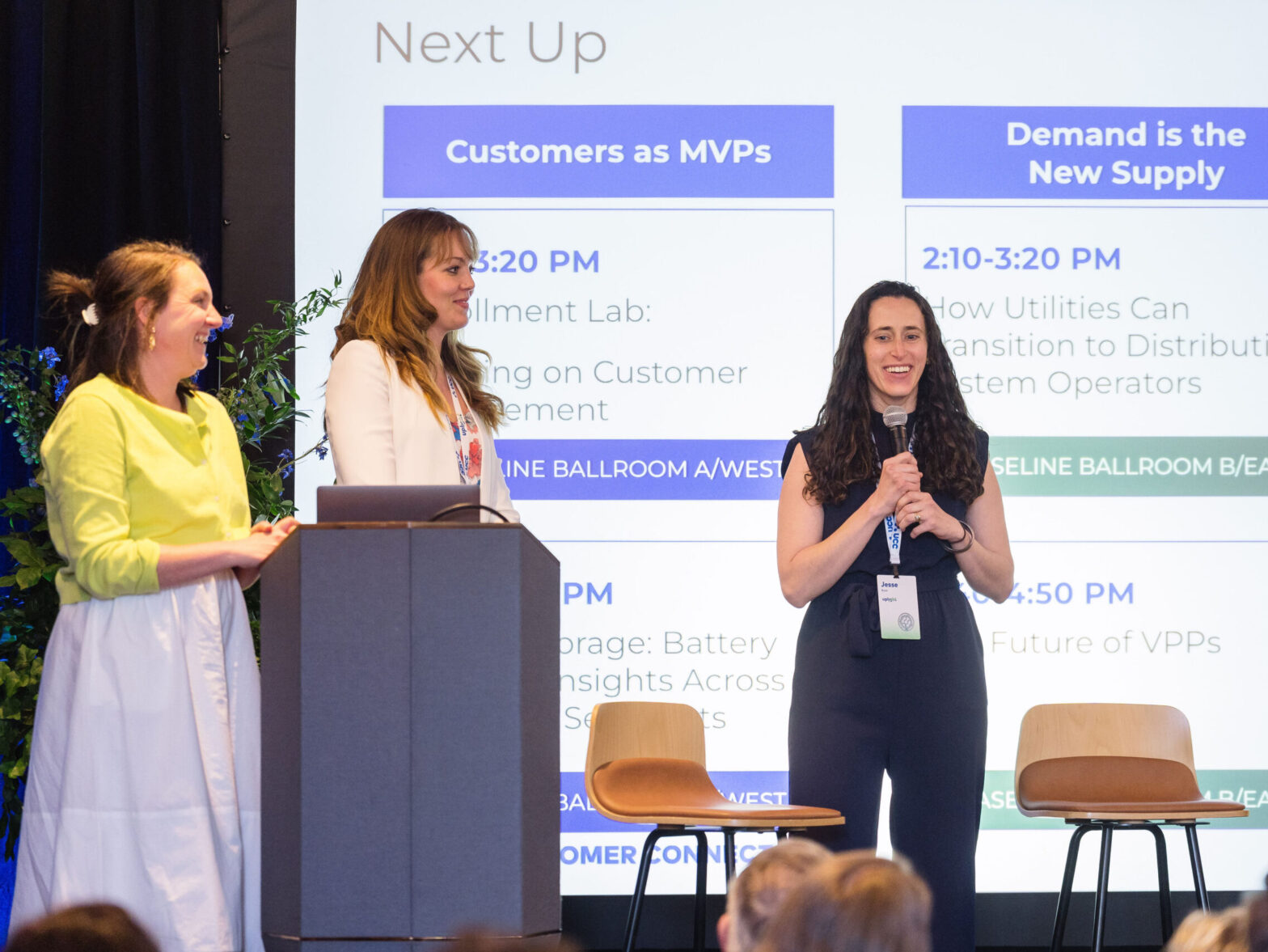As the COVID-19 pandemic continues to spread, it has become clear that we are not living in an environment of business as usual. So much of what we took for granted has shifted or been challenged. Customers who generally spend only a few minutes a year thinking about their energy bill are starting to look at their utility more closely, and utilities want to make sure to show up for their consumers and community during this fraught time. With so many people home all day and facing financial uncertainty alongside higher than expected residential energy bills, it’s never been so important to communicate clearly and emphatically to your customers.
At Uplight, we have always strived to put the customers who use our products and participate in our programs first. During this time, acknowledging their mindsets, approaching communication with empathy, and providing services that meet their needs is even more important. As a UX Design Lead, I’d like to share some research around current customer mindset in the coronavirus crisis, how utilities can help customers during this difficult time, and how to make necessary changes to your content in response.
The COVID-19 Customer Mindset
People feel uncertain: As the disease spreads, daily life is altered, and people are unable to take normal routines and resources for granted.1
They’re paying attention: Roughly half of U.S. adults (51%) are following news about coronavirus very closely, with another 38% following it fairly closely. 2
People are anxious: As the breakout spreads, people want to know how to prepare and protect themselves and their families.5
Priorities are shifting: Americans’ contexts have shifted, and so have their immediate needs and priorities. 4, 1
Shopping is stressful: Customers face stores sold out of household essentials like toilet paper and flour, and are anxious about going out in public. They feel tempted to stock up but are also concerned about saving.
People are searching for connection in isolation: As social and communal activities are shut down, people are turning to virtual means to feel connection and value. 4
People’s experiences are different: Depending on factors like wealth, employment, marital status, and family dynamics, people across the country and world are experiencing this crisis very differently.
How to Help Your Customers
While understanding the general public sentiment can help utilities empathize with your customers generally, including the following principles in your marketing and communication efforts can ensure that you are a helpful voice. Utilities don’t need to stop marketing and enrollment, but they need to ensure that they are reading the room when sending communications to customers.
Comfort: Because more family members are present in the home than usual, all with completely different routines and activities, and grappling with a whole range of feelings, comfort in the home is even more top-of-mind.
Cost: As employment becomes less reliable, consumers are trying to save more and change the ways they spend. They are stocking up on things that provide immediate value like shelf-stable foods, paper goods and cleaning supplies, home exercise equipment, and entertainment. Check out a video about shifting spending habits here.
Consistency: As the situation continues to shift and our day-to-day lives continue to deviate from the norm, being able to rely on the services that people had previously taken for granted becomes more and more important. There is a lot of fear and anxiety around interruption of critical services. While utilities are going to great lengths to ensure services aren’t interrupted, customers don’t understand how utilities work. Many are wondering if they need things like flashlights similar to the unexpected way they needed toilet paper.
Control: Because so many things are uncertain right now, it is important not to reduce a customer’s sense of control over what is happening in their lives or homes. Focus on opportunities to empower customers to have more control over even the small areas in their lives.
Predictability: This goes hand-in-hand with control. Customers especially don’t want to be surprised during this time. Conversely, customers need to be reassured that they will always have the information they need to plan ahead and do what is best for their situation and their family.
Community: As social and communal activities are shut down, people are turning to virtual means to feel connection and value. They are also actively looking for ways to be good neighbors.
Simplification: People are already processing so much information and taking on new responsibilities that they don’t have the mental bandwidth for complex or hard-to-use information.
Adapting Your Content for the COVID-19 Crisis
As customers’ contexts change, so do their needs. In order to remain relevant and valuable, utility (and other) products need to meet their immediate needs.
Be a force of stability: Don’t give people something else to worry about. Show them how you will be a consistent source of support.
Show empathy, give comfort: Let people know that what they are feeling is okay and that they’re not alone.
Don’t demand attention. Deliver value: Be aware of your customer’s new priorities, anxieties and needs. Be relevant to them.
Be community-minded: Focus less on brand awareness and sales campaigns. Community building activities are a safe way to interact with consumers and remain front of mind.3
Be honest about challenges both with employees and customers: As long as you are clear about the parameters you are facing then people can be very understanding.
If you’re interested in learning more about how we’re putting these principles into action, Uplight’s Alex Osteen describes how utilities are revising home energy reports to be responsive to customer needs. Don McPhail blogs on managing the impacts of COVID-19 with demand response. Lindsay Meehan describes how our customers are adapting their programs to help customers.
Additional Resources
1 Corona Virus and Behavioral Change
2 Americans Immersed in COVID-19 News; Most Think Media Are Doing Fairly Well Covering It
3 Amid Covid-19, marketing changes shape
6 COVID-19: TRACKING THE IMPACT ON FMCG, RETAIL AND MEDIA




